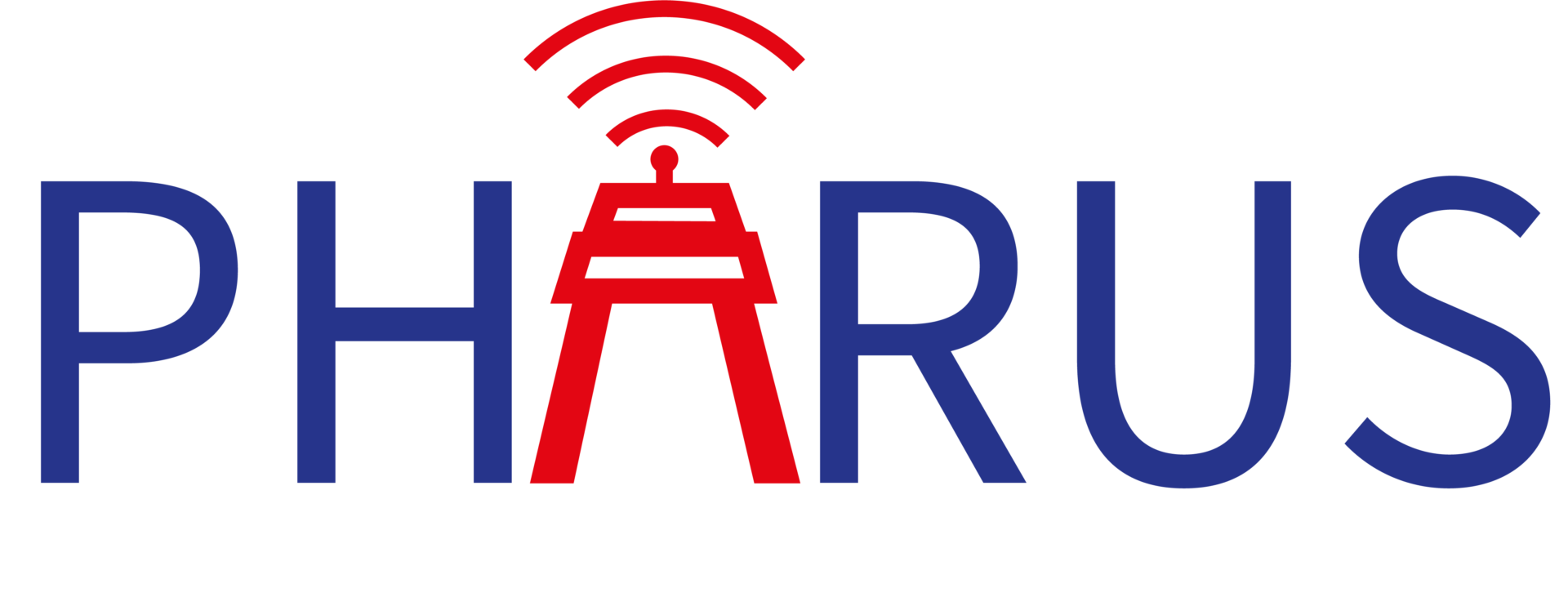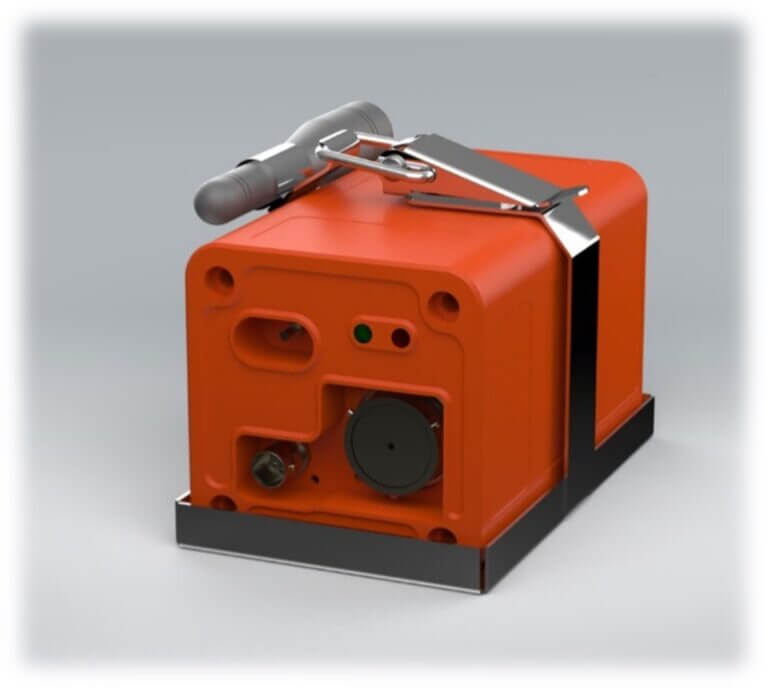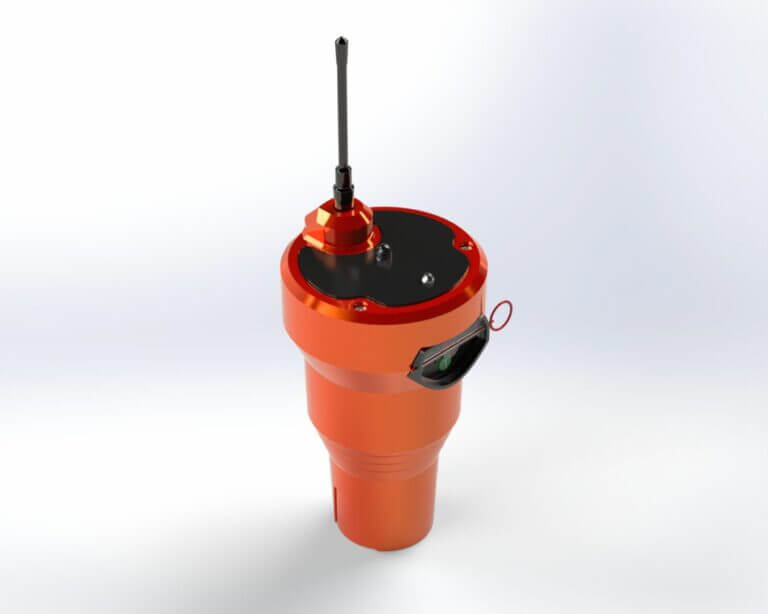In critical situations, ability to communicate, send emergency signals and ensure personal safety takes center stage. Having the correct gear on hand may make all the difference when starting on remote adventures or navigating challenging environments. Addressing these needs, the spotlight is turned toward two crucial devices: Personal Locator Beacons (PLBs) and satellite phones. These devices emerge as vital connections between vulnerability and aid.
What is PLB?
A Personal Locator Beacon (PLB) stands as a pivotal asset in environments where conventional communication channels are non-existent. These devices play a critical role in remote regions such as forests, mountains, or open oceans, where emergencies can strike with little warning. When activated a PLB emits a distress signal through the COSPAS-SARSAT satellite system a global network designed to swiftly respond to emergency calls. Once the signal is received in a short period of time it is ensured that aid is on the way. To get more detailed information about PLBs you can check out our article dedicated to PLBs.
What is Satellite Phone?
Satellite phones (satphones) are needed in similar environments as PLBs. Satellite phones can provide coverage in places where mobile phones networks can’t reach. This is due to the fact that satellite phones acquire and send signals not through terrestrial cell towers, but rather via satellites stationed in space. However, satellite phones are able to do more than just sending help calls. They offer a range of features depending on the device model such as making a phone call, sending SMS and browsing the internet with a limited speed.
Comparing PLBs & Satellite Phones
While both devices play crucial roles in ensuring safety, they have differences that should be taken into account.
One of the primary divergences between the two lies in their communication capabilities. Satellite phones offer a two-way communication, enabling users to have a phone call or send and receive SMS messages. In contrast, PLBs serve a singular purpose, sending emergency signals. However, it’s important to recognize that this singular function is executed exceptionally well. This proficiency is rooted in the fact that PLBs operate through the COSPAS-SARSAT program. PLBs provide world-wide coverage and immediate readiness. Moreover, they are less affected by weather conditions than satellite phones since they have a more powerful signal.
On the other hand, satellite phones communicate through commercial satellites introducing a dependence on the availability and alignment of these satellites for effective communication. There’s a possibility that, at any given moment, there might not be a satellite directly overhead, leading to potential waiting periods. Such waiting periods can make a significant difference in an emergency situation.
Depending on the brand and model, some satellite phones might offer features such as map navigation, weather reports or browsing the internet with a limited speed additionally to the core feature of two-way communication.
Another difference between the two is their battery. Satellite phones, like many modern devices, are rechargeable whereas PLBs have multiyear battery life. The battery remains in standby mode until the switch is toggled to activate the PLB. It should be noted, however, you need to send the device to the manufacturer for a battery replacement. The Pharus Tech PLB has a lifespan of 5 years and allows for up to 20 tests during that time. Pharus Tech’s upcoming Zeus PLB, which is planned to be certified and released in the future, is expected to have a lifespan of 10 years and a test limit of over 40.
At first glance, the price of the satellite phones might seem more appealing. Nevertheless, they require monthly subscription from a carrier to enable communication feature except emergency calls. The monthly price might change based on the carrier. In contrast, PLBs, doesn’t require such a monthly subscription. However, they should be registered online, free of charge.
While both satellite phones and Personal Locator Beacons (PLBs) contribute significantly to remote communication and safety, their differences, and capabilities play an important role. Although, satellite phones are versatile devices with multiple features, PLBs stand out as the embodiment of safety in an emergency situation.
Photo by SpaceX on Unsplash
Author: [email protected]








 Mor Teknoloji
Mor Teknoloji






